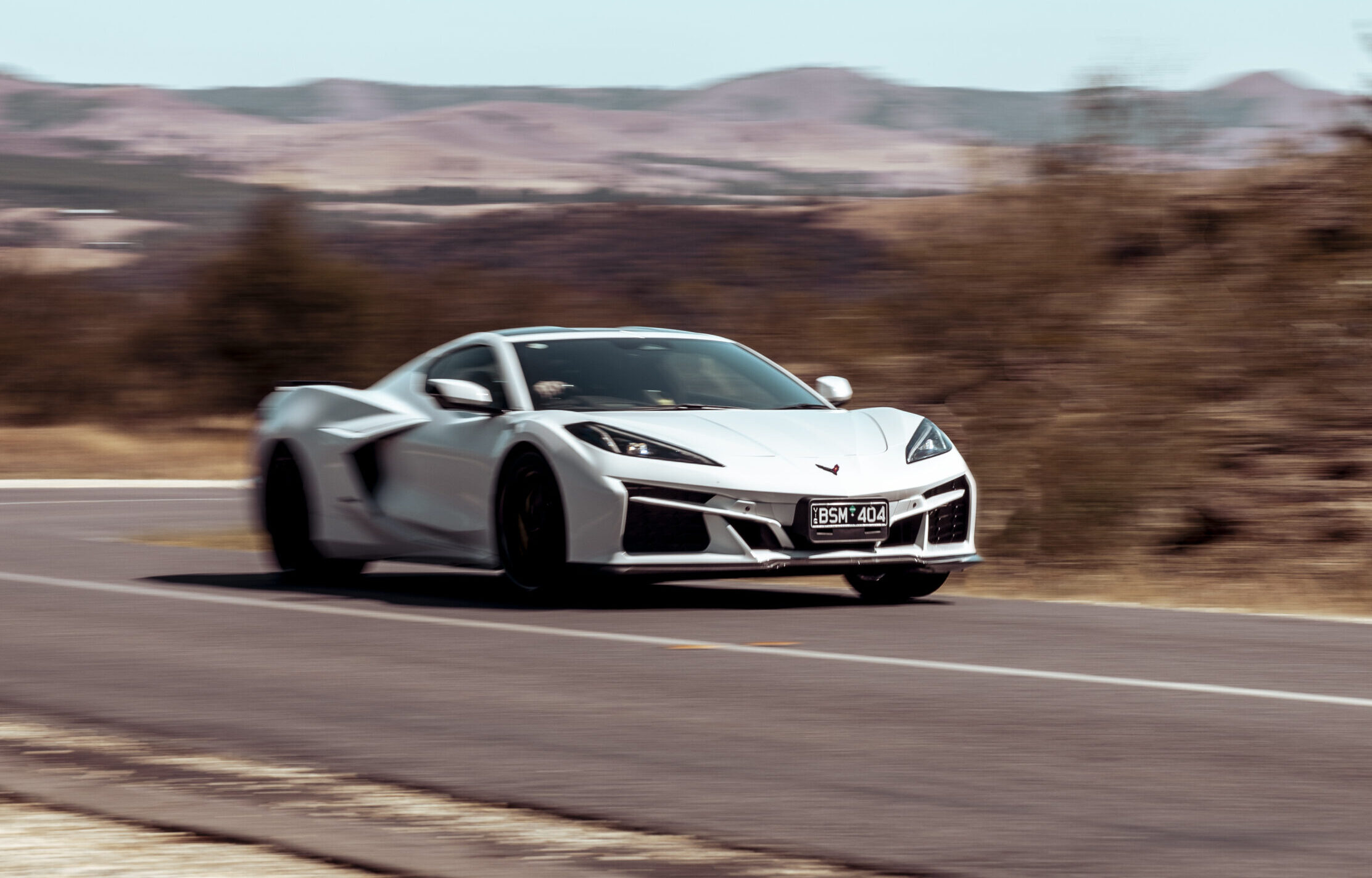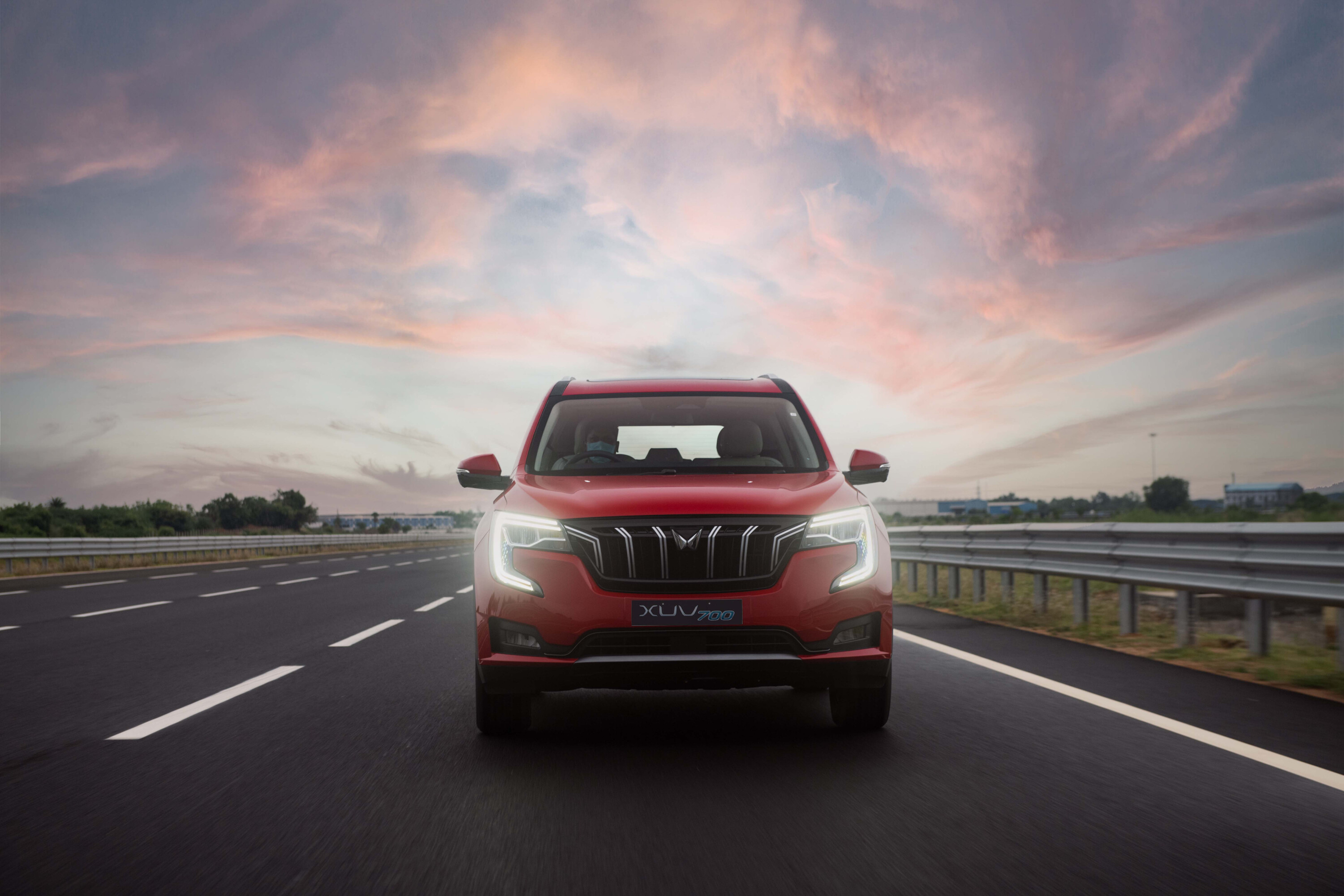
The Mahindra XUV700 is a 5+2 seat SUV that slots in the category dominated by the likes of the Mitsubishi Outlander, Nissan X-Trail and Toyota RAV4. It launches and goes on sale in Australia later this month, but we had a brief stint behind the wheel of it on a visit to Mahindra’s SUV Proving Track (MSPT) near Chennai in India.
Mahindra launched the XUV700 (that’s seven double oh) in India 18 months ago, where it is powered by a choice of a 2.0-litre turbocharged petrol four-cylinder engine that makes 149kW of power and 300Nm of torque or a 2.2-litre diesel engine that makes 136kW with 420Nm with a manual gearbox or 147kW and 450Nm with an auto.
The diesel is a new version of the mHawk engine as found in the PikUp ute but features both an aluminium cylinder block and head as opposed to the Iron block in the Pik Up.
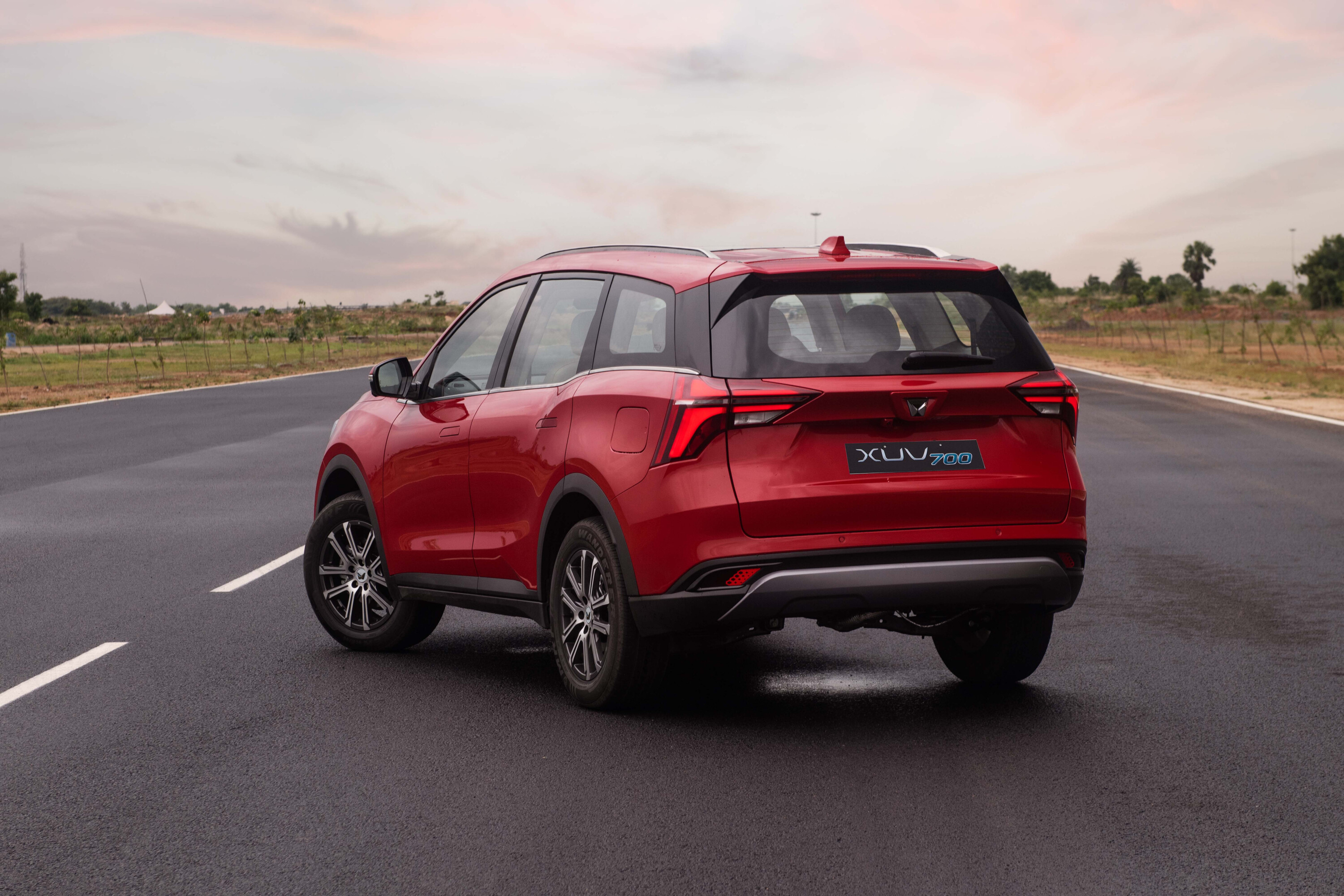
The XUV700 is slated to be the next model in Mahindra’s SUV s range to get full electric power but that is a way off yet and not confirmed for Australia.
In India, the XUV700 is available with either front-wheel drive or all-wheel drive but from launch in Australia, it will only be offered in FWD with the petrol engine and six-speed automatic transmission.
Local pricing and full specification will be revealed at launch in a couple of weeks.
The 184-hectare MSPT site has been purpose-built to test and develop Mahindra’s range of SUVs and tractors over all kinds of terrain and conditions. It includes a four-kilometre, four-lane high-speed test track with 1100-metre straights connected by steep banking. There are kilometres of roads onsite, representing all kinds of driving conditions and road surfaces including various grades of asphalt, potholes, manhole covers, corrugations, inclines, and wet surfaces.
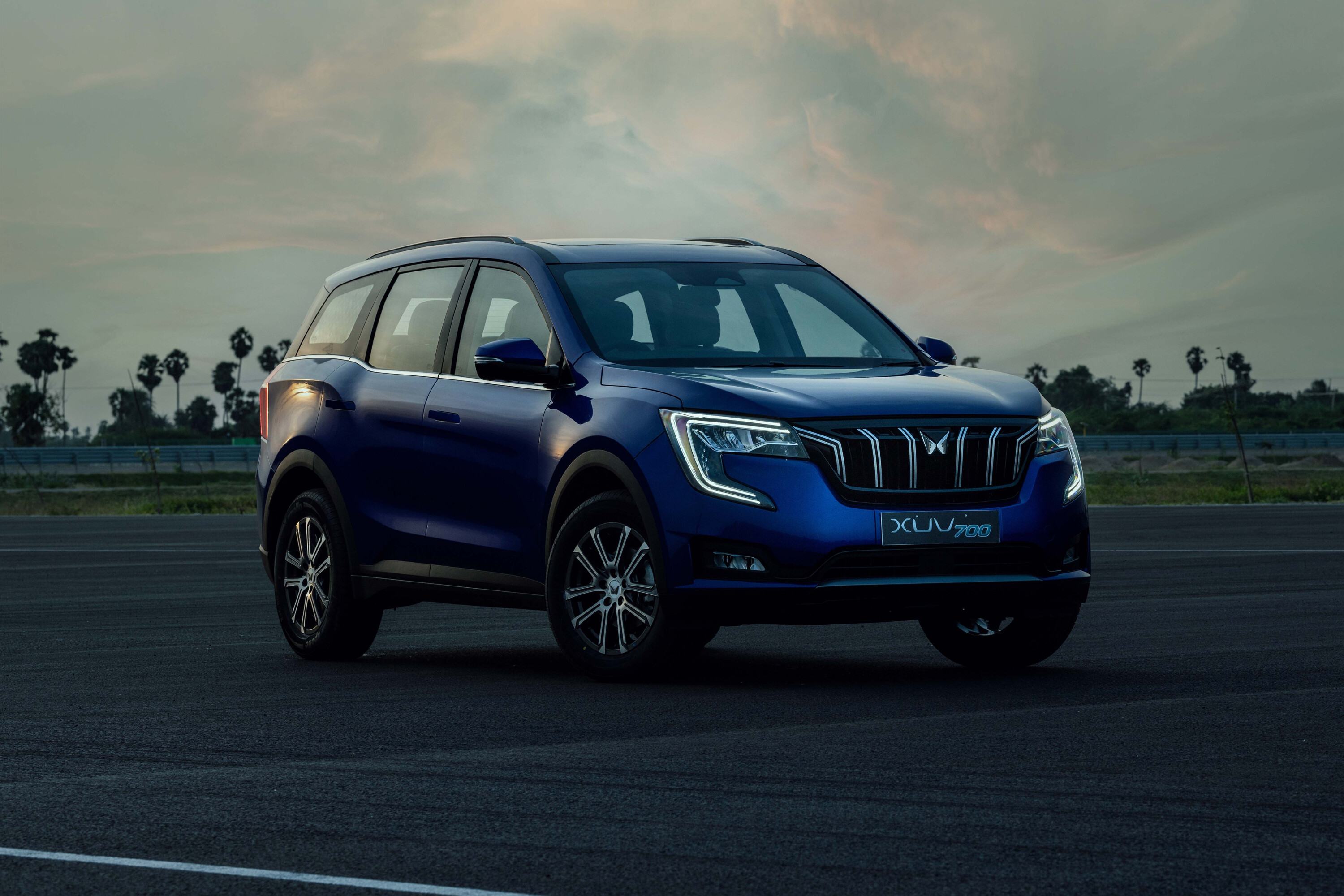
Mahindra is using this facility extensively as it puts a sharp focus on the dynamics and NVH of its SUVs and our drive of the 700 tells us they are on the right track. As a result of its focus and testing, it has fitted the XUV700 ’s suspension with frequency reactive shock absorbers that Mahindra says can apply the right amount of suspension damping to best suit the varied road conditions.
This has helped to create a vehicle that is exceptionally refined and quiet on-road, over both rough and smooth surfaces while being incredibly stable at high speeds on the test track. It is far better, at speeds that will get you locked up in any state of Australia, than you might expect for this style of vehicle.
Surprises continue inside the 700 where the interior has a very upmarket feel, from its dual 10.25-inch screens that sit side by side across the dash to its premium faux leather seats and trim. The interior is roomy with ample legroom in the first and second rows of seats.
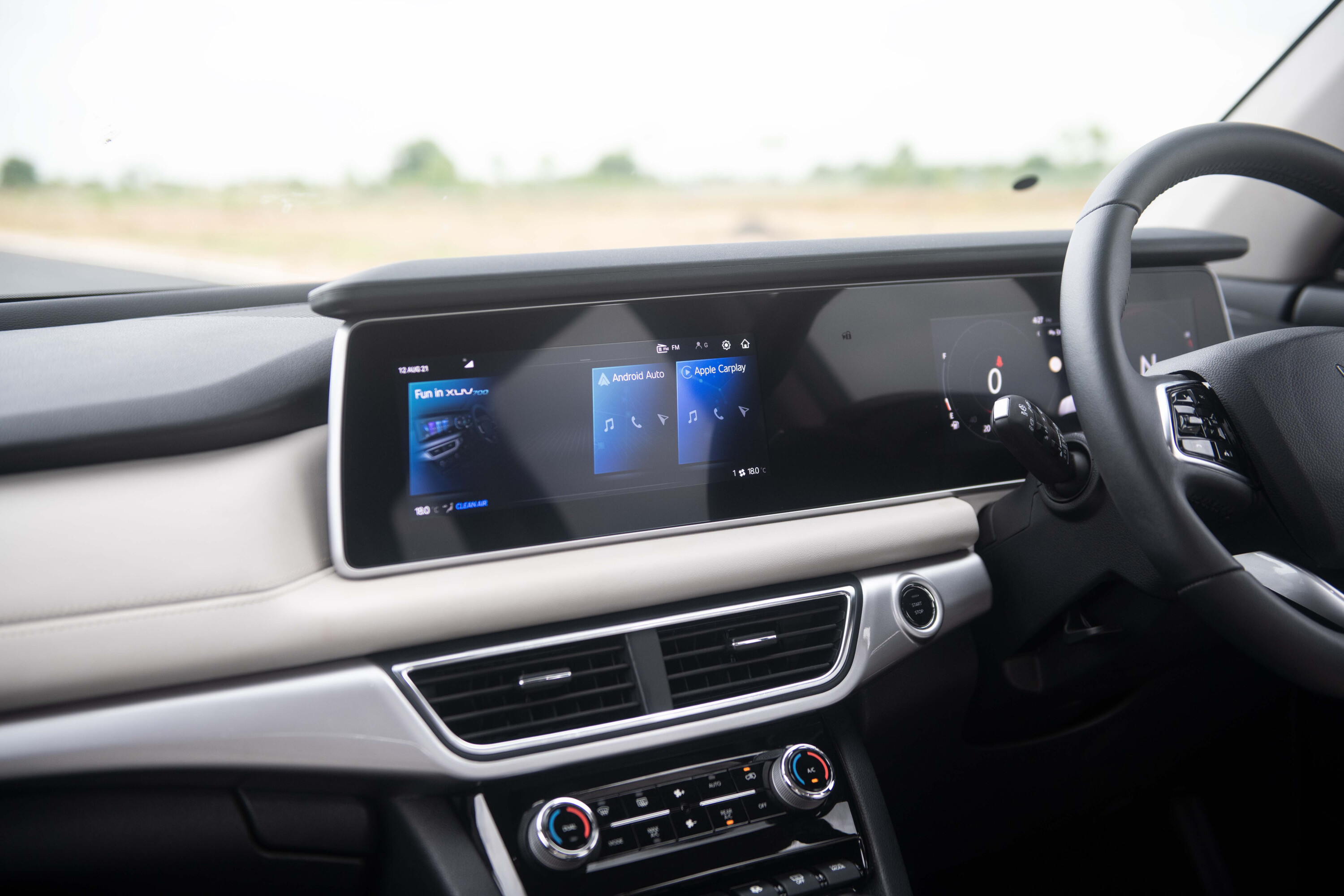
The feeling of spaciousness is aided by the massive glass sunroof and light-coloured trim in the cars we drove. Again, the spec of the cars we get in Australia will be revealed shortly but the light colour of these seats wouldn’t last long with family use.
The XUV700 comes with all the safety equipment expected in a modern family car including a full suite of advanced driver assistance systems encompassing auto emergency braking, forward collision warning, lane departure warning, lane-keep assist, adaptive cruise control, and traffic sign recognition. Add this to a total of seven airbags extending back to the third-row seats and it’s a comprehensive safety package.
While the interior does impress, what really left a mark was the way it handled the high-speed test loop and rough test tracks that resemble some of Melbourne’s worst roads.
The powertrains, while smooth and quiet, are nothing sporty and we feel that such a family SUV should be offered with the options of all-wheel drive and a diesel-fuelled engine to be successful in Australia. Perhaps, in future, the unconfirmed-for-Australia electric XUV700 will provide an efficient AWD alternative.
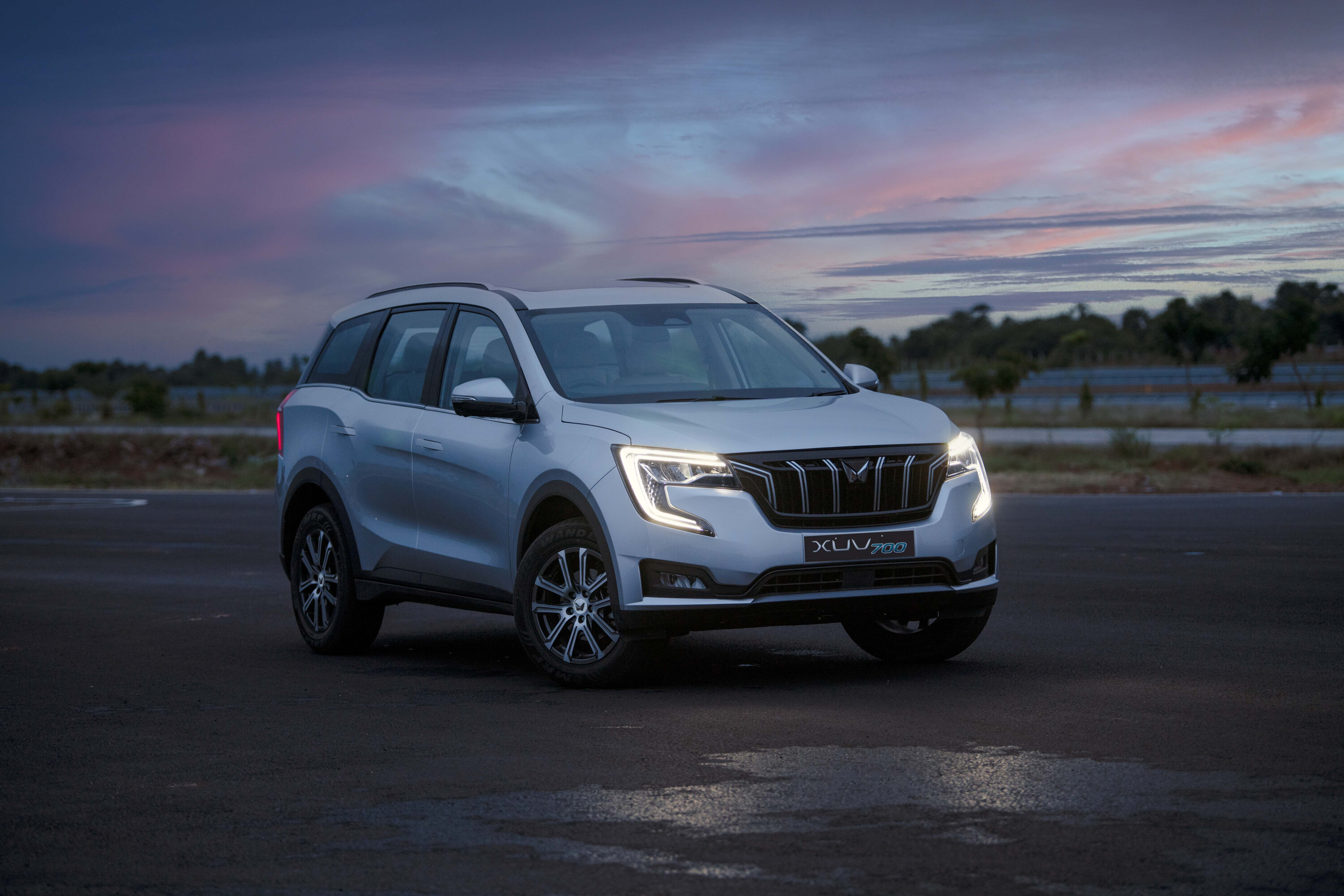
Of course, local pricing will have a lot to do with this as well, but looking at the recently launched Scorpio from Mahindra, the brand’s pricing and ownership package are sharp.
Keep an eye on Whichcar.com.au for a full review of the XUV700 following the local launch on June 15.
We recommend
-
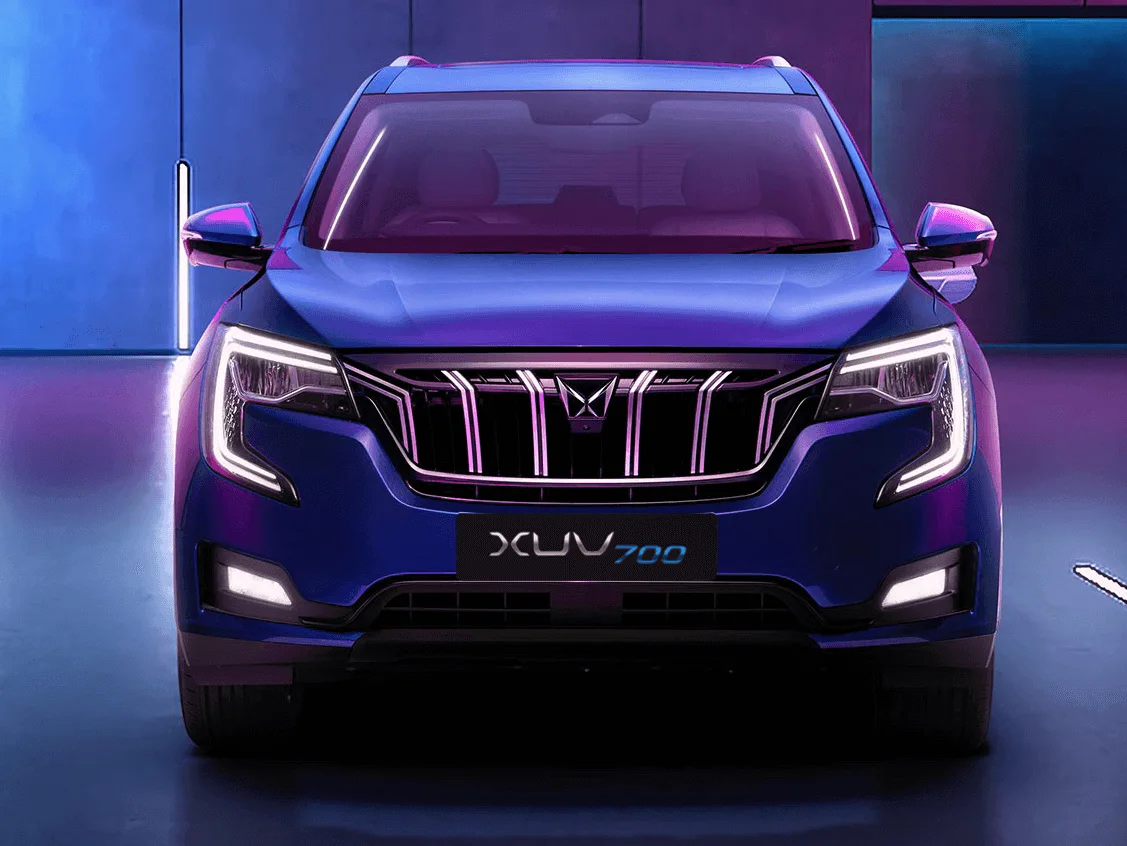 News
NewsMahindra confirms Australian arrival of XUV700 SUV
Replacing the XUV500, the new SUV will come Down Under
-
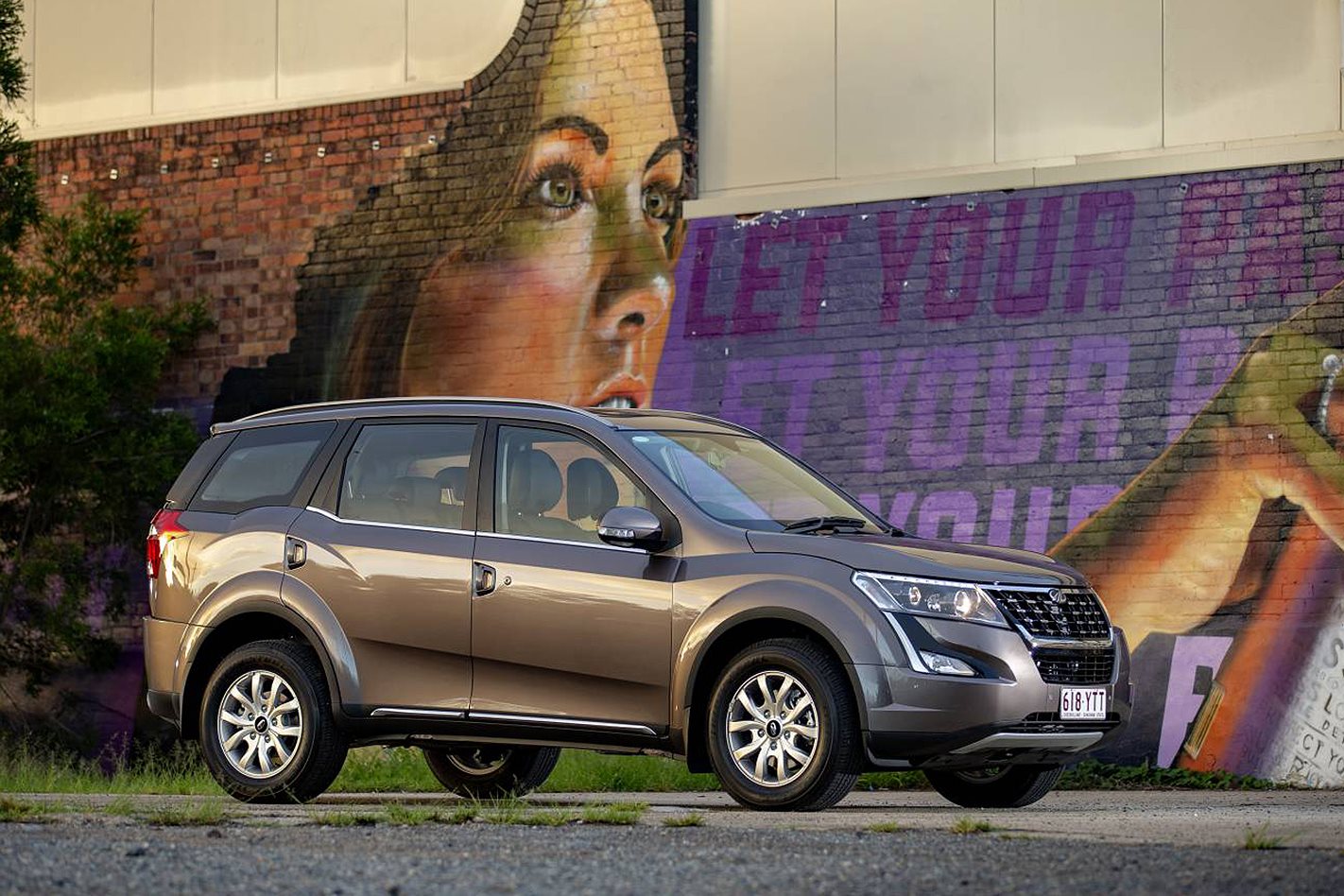 News
News2019 Mahindra XUV500 price and features
The affordable Indian-built seven-seat SUV celebrates it's seventh year in Australia with a facelift
-
 News
News2025 New Car Calendar: All the new cars coming to Australia
Take a look at our list of what is expected to launch in Australia in 2025 – plus those we might not see locally just yet




